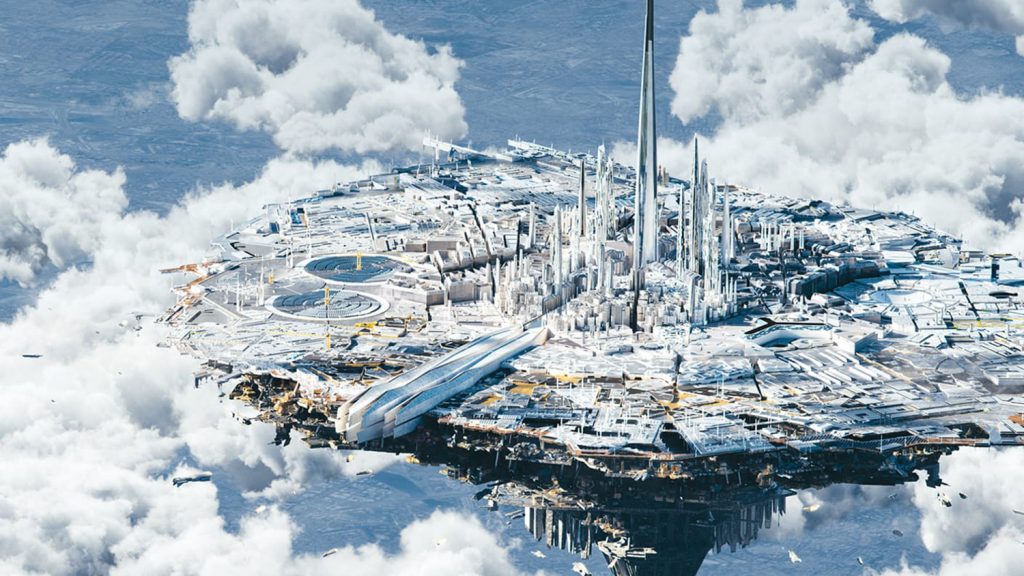V-Ray Collection has been announced by Chaos Group as a single floating license that lets users move freely between 15 3D applications for visualisation, VR and rendering.
V-Ray Collection offers instant access to 15 products and services for $699 pa, including the latest versions of V-Ray and the high-res material library, VRscans, on the same machine.
Unlike past licenses, Chaos Groups states that V-Ray Collection will not require a separate render node for each product.
Individual product licenses are still available, and for students, schools and educators, the V-Ray Education Collection is also available.
Users will receive free upgrades for the life of their license, as well as 20 Chaos Cloud credits each year.
This news comes off the back of the announcement of V-Ray 5 for 3ds Max, which has added Layer Compositing and Light Mix – both of which can be found in the new V-Ray Frame Buffer (VFB), which has also had a UI update.
With Light Mix, users can interactively explore different lighting scenarios without having to re-render an image.
Users can now adjust the color and intensity of any light source right away, allowing for faster iterations when designing looks and moods.
The Layer Compositor helps users post-process shots in the new VFB without needing outside applications to adjust different render elements or perform colour corrections.
“The future is all-in-one,” said Chaos Group product management VP Phillip Miller. “An artist doesn’t want to jump into extra applications, they want tools that excel at every part of the process. V-Ray 5 is a big step in that direction.”
V-Ray 5 has also added 7 features and improvements tailored to materials, including a new management system and over 500 readymade materials designed to cover most objects and spaces.
New built-in presets can help dial-in everyday options like metal, glass and plastic, as well as common hair colors, helping artists achieve photorealism much faster.
V-Ray 5’s new randomisation tools look to help users add slight variations to their materials, increasing believability across a scene.
VRayMultiSubTex colors can now be shifted by hue, saturation and gamma, while a new VRayUVWRandomizer map will adjust the offset, rotation and scale of both textures and procedural materials.
For repeating texture maps, artists now have Stochastic Texture Tiling, which automatically removes tiling artifacts.






